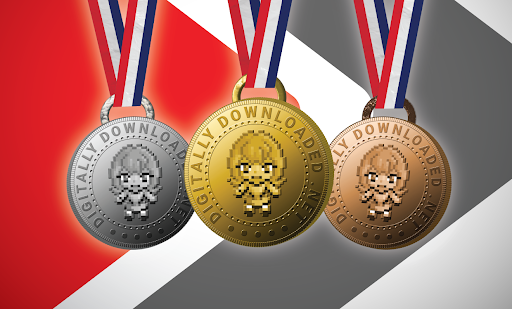It’s that time of year again, everyone, where we celebrate the best games of the year. Despite being a heavily disrupted year thanks to the ongoing impact of COVID-19, 2021 produced some incredible games, almost from day one, and as a result, our awards this year has the most variety of games ever – almost 50 different titles got at least one award, and as you’ll see as we announce each category, it really is an endless stream of incredible experiences.
This year we had a special, expanded judging panel, with the entire DDNet team participating, but we also invited some prominent people from independent game publications outside the Website to participate, so we could get a broader range of insights and thoughts into the winners from each category. Our additional judges this year included Pete Davison from Rice Digital, Thomas Knight of Nook Gaming, Robert Allen of Tech-Gaming, Matt Ryan from Shindig, and academic and freelancer, @TsuChanJohnson on Twitter. The total judging pool for the awards was ten people this year around, and there was some heated discussion about the worthiest titles in each category indeed!
It is almost too obvious to say, but visual design is important in video games. They are a visual medium, after all. At DDNet, we’re not necessarily concerned with the technical details – we don’t need our games to be AAA-blockbusters to consider them to have “good graphics”, but what does matter to us a great deal is art direction. We like to see games that look different, catch the eye, and surprise and delight us from the start of the game right through to the end.
A Columbian homage to and celebration of the JRPGs of yesteryear, Cris Tales is immediately striking and, despite being a reasonably long game, it’s also one you’ll never get sick of looking at. The central gameplay gimmick is also its most impressive visual feature, too. The screen is split into a number of parts, each displaying a different time (current/future). In other words, you can see the before AND after of key events on the screen, and moving around to see those transitions is always a stunning effect.














